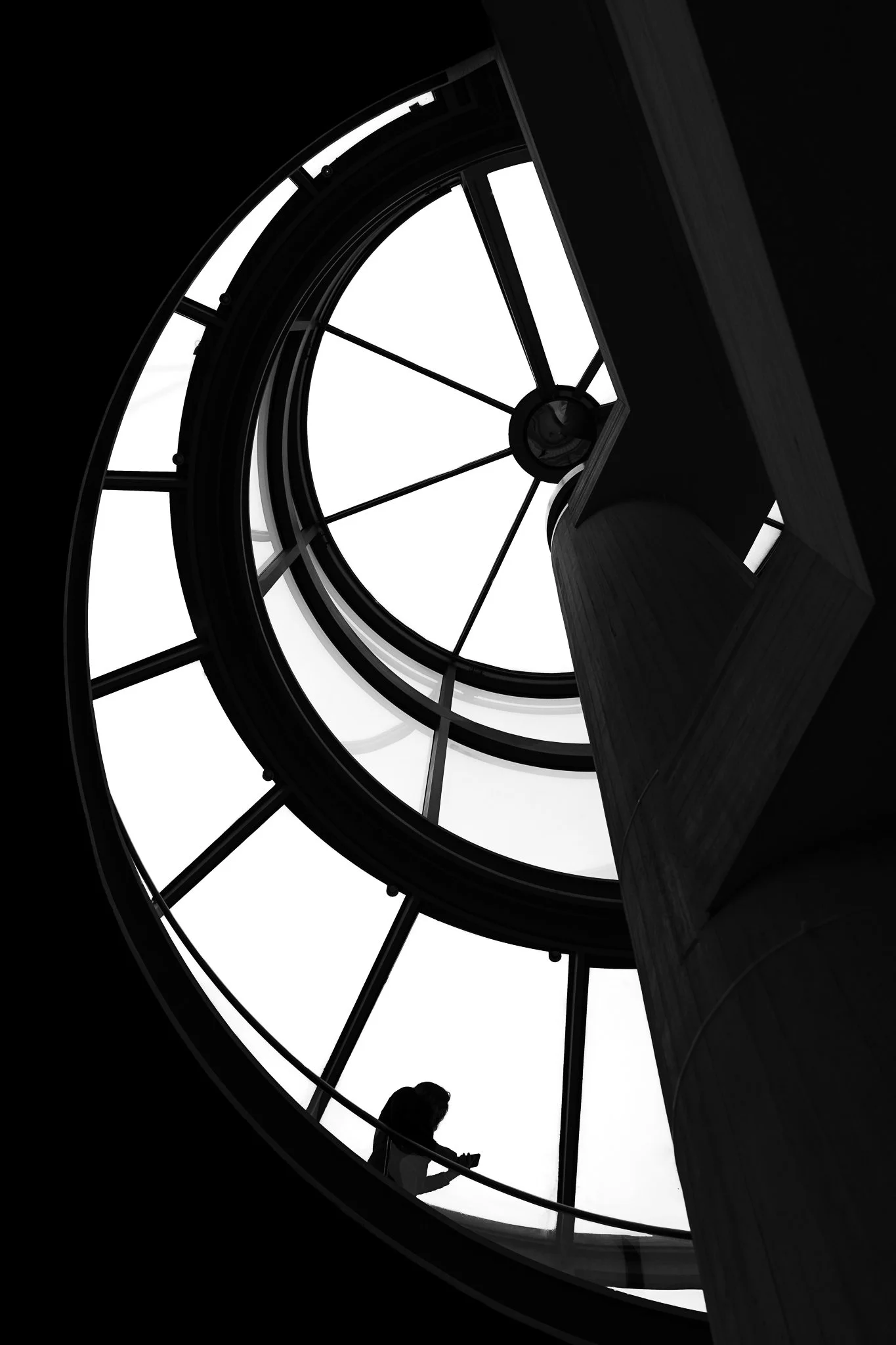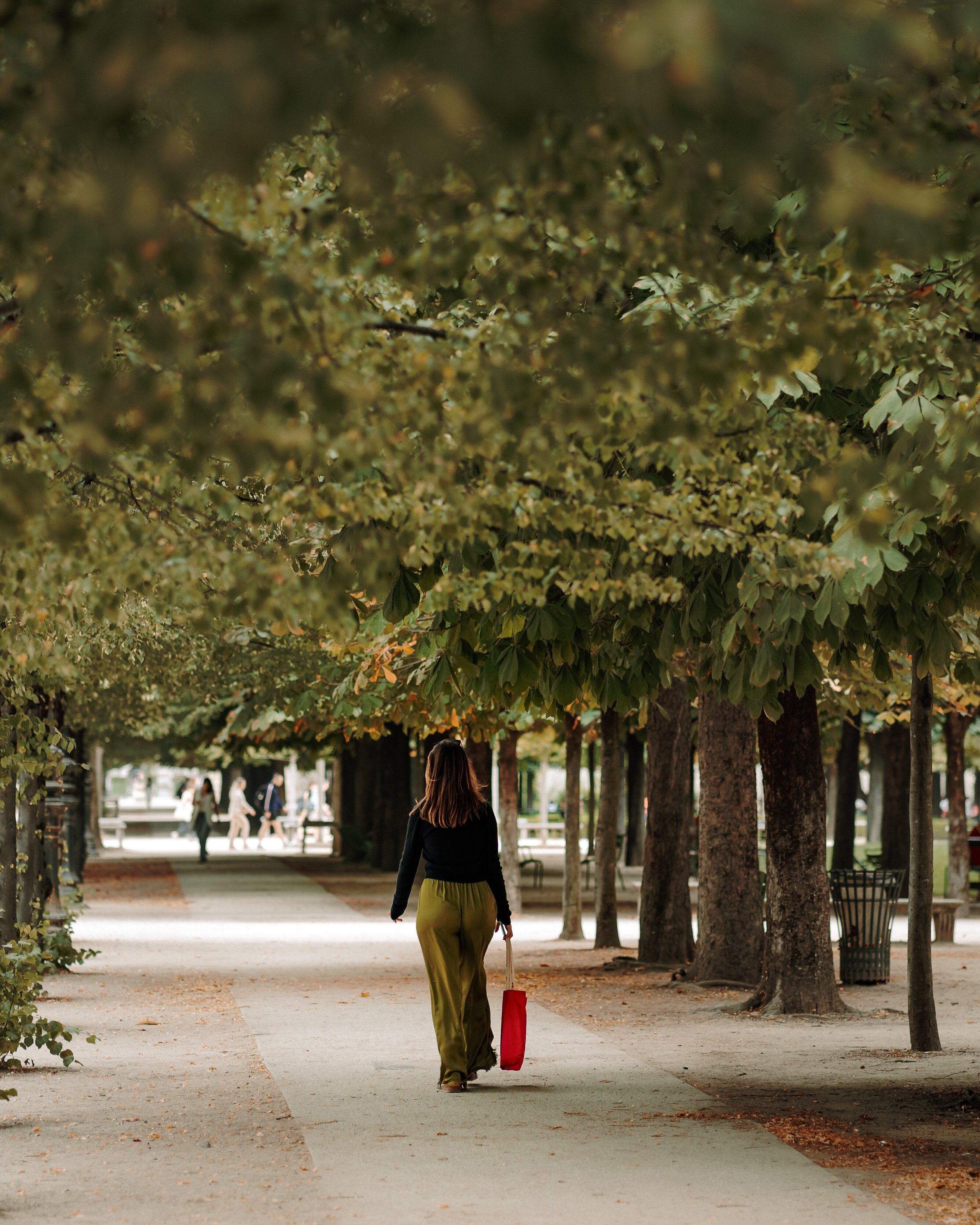
The Ultimate Guide to Visual Photography Patterns in 2025: How to Improve Your Composition
The Ultimate Guide to Visual Photography Patterns in 2025: How to Improve Your Composition
Why is it that some photos instantly captivate and draw us in? What makes an image stand out, evoking emotions and curiosity at first glance? Over the years, I’ve learned that composition is one of the most powerful tools to make an image impactful. The patterns and techniques I use today are not something I invented myself but rather visual concepts that have been studied, practiced, and refined by photographers for generations. Through workshops, YouTube tutorials, books, and endless hours of shooting, I’ve incorporated these patterns into my own work.
Now, I can’t walk through the streets of Berlin without spotting compositions everywhere — especially framing! Sometimes it’s frustrating when I see a good shot but don’t have my camera with me. But on the bright side, it has trained my eyes to always be on the lookout, like a built-in filter for potential images. As a female street photographer, I’m drawn to the shapes, contrasts, and moments that unfold in the city, always looking for compositions in everyday life. As a mother, that same way of seeing comes through when I photograph my toddler, capturing the little everyday moments that make our life so special.
In this guide, I’ll break down some of the most effective visual photography patterns that can elevate your street photography, urban shots, and fine art compositions. These techniques will help refine your perspective and storytelling.
1. Leading Lines
What it is: Leading lines are natural or man-made elements that guide the viewer’s eye through an image. Roads, fences, shadows, or even the lines of a building can direct attention toward the subject.
Effect on the viewer:
Creates depth and movement
Leads the viewer’s focus to a key point in the image
Adds a sense of storytelling
In my street photography, I often use Berlin’s train tracks and sidewalks as leading lines, directing attention to pedestrians navigating the urban environment. But also light can lead through the image.
2. Framing
What it is: Framing uses surrounding elements like doorways, windows, or branches to ‘frame’ the subject inside the image.
Effect on the viewer:
Draws attention to the subject
Creates layers in the composition
Adds a sense of depth and storytelling
Framing is one of my favorite techniques when shooting urban photography in Berlin’s old courtyards or in the more modern areas.
3. Negative Space
What it is: Negative space refers to the empty areas around your subject, giving it room to ‘breathe.’ It often emphasizes simplicity and minimalism.
Effect on the viewer:
Evokes emotions like loneliness or isolation
Highlights the subject by reducing distractions
Creates a clean, modern minimal aesthetic
I often use negative space in my fine art street photography to isolate a single figure against a vast urban background, highlighting solitude in the city.
4. High Contrast
What it is: Using stark contrasts between light and dark areas can create bold, striking images. Think deep shadows and bright highlights.
Effect on the viewer:
Adds drama and mystery
Emphasizes textures and shapes
Enhances mood and storytelling
High contrast works particularly well in black-and-white street photography, where I capture sharp shadows and intense highlights in Berlin’s urban settings.
5. scale and Perspective
What it is: Playing with scale—like placing a tiny human figure against a massive building—can create a strong visual impact.
Effect on the viewer:
Emphasizes the size and grandeur of surroundings
Creates a sense of wonder
Enhances storytelling by showing human interaction with the environment
In my photography, I’m drawn to the contrast between people and the city, often capturing women as they move through Berlin’s towering modern architecture, highlighting the interplay between human presence and the scale of the urban landscape.
6. Composition Techniques
What it is: Composition is the arrangement of elements within a frame to create a visually compelling image. While the Rule of Thirds is one of the most well-known guidelines, there are several other composition methods that can be just as effective, depending on the scene and artistic intent.
Rule of Thirds
The Rule of Thirds divides the frame into nine equal parts using two horizontal and two vertical lines. Placing the subject along these lines or at their intersections creates a balanced and visually appealing composition.
Effect on the viewer:
Feels natural and harmonious
Guides the eye through the image in a structured way
Works well for various photography styles, from urban street photography to fine art compositions
Central Composition
Instead of following the Rule of Thirds, placing the subject in the center can create a strong focal point. This technique works particularly well in symmetrical environments, such as urban architecture or minimalist scenes.
Effect on the viewer:
Creates a sense of stability and importance
Works well in portraits and fine art photography
Can emphasize a subject’s presence in the frame
Lower/Upper Third Composition
Placing the subject along the lower/upper third of the frame creates a sense of space above/below, allowing for dramatic skies, architectural scale, or a sense of smallness in a large environment.
Effect on the viewer:
Enhances a feeling of vastness or openness
Works well in landscape and urban photography
Helps tell a visual story about the subject’s environment
Fibonacci Spiral (Golden Ratio)
The Fibonacci Spiral, derived from the Golden Ratio, follows a naturally occurring mathematical pattern found in nature, art, and design. Composing a scene along the curve of this spiral can create a dynamic, flowing effect.
Effect on the viewer:
Feels organic and aesthetically pleasing
Guides the eye through the image in a smooth, natural way
Applying one of these compositions in fine art urban photography allows me to compose dynamic yet balanced images, especially when photographing mothers and children exploring the streets.
7. Color Theory
What it is: Colors evoke emotions and moods. Complementary colors (opposite on the color wheel - like orange and blue, red and green or purple and yellow) create strong contrast, while analogous colors (next to each other - like red, orange and yellow) produce harmony.
What I also really like are monochromatic color schemes, that are formed using various tones and shades of one single color (like various shades of blue).
Effect on the viewer:
Sets the mood (e.g., blue = calm, red = intense)
Draws attention to the subject, especially when used complementary colors
Enhances storytelling through color symbolism
Berlin’s vibrant street art and neon-lit urban spaces provide endless opportunities to play with color theory in fine art compositions.
8. Reflections
What it is: Water puddles, glass buildings, and mirrors can create stunning, surreal effects in photography.
Effect on the viewer:
Adds symmetry and depth
Creates a dreamy, artistic feel
Can introduce unexpected elements into a composition
Reflections are my go-to technique for capturing double layers of street life in Berlin’s glass-covered storefronts and underground stations.
9. Texture and Patterns
What it is: Repeating patterns — whether in architecture, nature, or everyday objects — can create visually interesting images.
Effect on the viewer:
Adds depth and interest
Can create an abstract feel
Works well in both color and black & white photography
I often photograph Berlin’s weathered walls, cobblestone streets, and urban decay, using texture to tell stories of time and transformation.
10. Juxtaposition
What it is: Juxtaposition places contrasting elements side by side — such as old and new, soft and hard, or big and small — to create an interesting visual relationship.
Effect on the viewer:
Tells a story through contrast
Creates thought-provoking compositions
One of my favorite juxtapositions to capture is the interaction between modern high-rises and Berlin’s historical remnants, emphasizing the city’s layered identity.
These visual photography patterns act as a mental filter when I’m out shooting and they shape my approach to street photography. I’m constantly scanning my surroundings for leading lines, reflections, and perfect framing opportunities. It’s almost impossible to turn off this way of seeing — whether I have my camera or not!
I’d love to hear from you — what composition techniques do you use most often?












































